Cultivation of seedlings in the greenhouse has advantages over seeds directly into open ground. The fact is that young sprouts are too susceptible to negative weather factors and various diseases. Seedling in the greenhouse is protected from harmful effects, and besides, it is capable of giving earlier yields.
Preparation of greenhouse
Before proceeding with the cultivation of seedlings, carefully think over the design of the room. Make sure that it meets all the necessary requirements:
- Departments for seeding seeds must be clean, processed disinfectants.
- Seedlings in a greenhouse from polycarbonate, film greenhouse or a greenhouse will grow better and look healthy if there will be no paint odors or other chemicals. To do this, before planting plants, carefully ventilate the room and warm it.
- It is possible to grow strong seedlings with the help of special equipment that creates optimal temperature and lighting. By installing energy-saving curtains, you can control the consumption of solar energy sprouts and maintain the necessary thermal regime. It is also important that in the morning the curtains opened very slowly - it will save the plants from sharp thermal drops.
- Prepare the surfaces on which seedlings will be placed. To save space, make racks for boxes and pots.
Preparation of soil
The soil for seeding must have the following properties:
- be fertile;
- have a good structure;
- do not contain larvae of pests, pathogenic microorganisms, weed seeds;
- to be sufficiently moistened.
You can buy a ready-made soil mixture in a specialized store or make it yourself. This will require a number of actions:
- Take 3 parts by humus, 4 pieces of sand and 3 parts of the garden land.
- Mix all the ingredients and ask through the sieve - so you put the ground with oxygen and break unnecessary lumps.
- After that, the disinfection of the resulting substrate, heating it in the microwave or on a steam bath. It is necessary to make it in advance so that the natural microflora of the soil could recover before planting seeds.
- Prepare a substrate, fill it with a container. Purify such a quantity so that 1 cm remained to the edge, then compact.
- After planting, the seeds of many crops are sprinkled with a thin layer of soil, but some are left in the open form. Usually detailed instructions are written on packages with seeds.
Buy substances such as perlite or vermiculite. These minerals are excellent horticultural assistants. Adding them to the soil will make it fluffy, water permeable and saturated oxygen. To exclude the deficit of moisture, add hydrogel to the ground.
What to grow seedlings?
Before growing seedlings, decide on seeding tanks. They are a few species:
- cups;
- cassette;
- boxes;
- pots;
- peat pills.
The choice depends on whether you will be in the future to engage in plant picking, that is, they are seeding separately from each other. If you are going to dive seedlings, you can first make sowing in common pots or propagators. These are special transparent boxes equipped with heated. This method is the easiest and rapid. When the sprouts will release the second couple of leaves, they will need to be sent to individual cups or small pots.
If you are lazy to spend time on picking, it is better to plant seeds for several pieces into separate small containers. For this, cassettes are used, small pots or plastic glasses with holes at the bottom.
Peat pills are one of the most convenient ways. The plant gentlemented in them can be immediately transplanted into the ground with a tablet, which later decomposes in the soil.
When to sow seedlings for greenhouses?
Counting the time of sowing seeds is still in February. It is necessary to repel from the following data:
- Day of disembarking seedlings in a greenhouse. Focus on May 10-20.
- The timing of sprouts. Usually for different plants they range from 3 to 15 days.
- The age of seedlings at which it can be resettled to a new place.
- Those days that will need a seedling for adaptation to new soil.
Most often on seed packaging marked approximate deadlines for their landing. You can also determine the time to independently, having learned the average date of the last frosts in a particular region and counting the necessary number of days from it. Below are approximate deadlines for sowing some plants:
- Pepper seeds are sowing for 8-12 weeks before the date of the alleged last frosts.
- Salad - for 4-5 weeks.
- Tomatoes and eggplants - for 6-8 weeks.
- Cabbage is sowing for 5-6 weeks earlier.
- Cucumbers and any other pumpkin cultures - for 2-4 weeks.
Algorithm of growing seedlings
Consider detailed areas for the cultivation of seedlings. For example, take the tomato seeds.
1. Landing seeds.
Tomato seeds lay out in gauze and tie like a bag. We put in the cooled boiled water for the night. In the morning we take out and press, then we ship into a warm place for 2-3 days. After this time, the seeds can be planted in a cups or a pot. To do this, fill the ground to the ground, we will be tamped, watering water, spread the grains and sprinkle with a thin layer of soil. Capacities can be labeled by signing the name of the plant, the variety and landing date.
2. Prication of seedlings.
After the seedlings have grown, they should be transplanted separately from each other. It is very convenient in this case to use packages from the milk or other small containers. To begin with, they need to fill the earth, but not completely. A glass with seedlings turn over and shake the contents in hand. Very carefully separate every seedling and transferred to a new container. Sleep the land and approach so that the plant does not fall.
3. Installation of seedlings in boxes.
Capacities are transferred to the boxes and water. You can use various feeders offered in specialized stores. Also at this stage, some types of plants are covered with film. For tomatoes and other large crops it is not necessary, but for strawberries and colors are desirable.
4. Rechazzle seedlings to the greenhouse.
Before planting a greenhouse land, plants can be treated with a weak manganese solution. This is the prevention of the disease, called the "black leg". When diving seedlings, their roots are still too thin, weak and easily traumatized. Microorganisms, caused by the cause of the disease, fall into place of damage.
Prepare a greenhouse for the resettlement of the seedlings: well-bypass the soil and close the windows to provide humidity. Two days later, support the earth by humus, dig up and make recesses for each sprout. Roach wells in a depth of approximately 15 cm and at a distance of 0.5 m from each other. Pass the handful of wood ash and watered with water in each hole. Saplings sprinkle around the ground, sink and publ again.
Lighting in Teplice
A sufficient amount of light is a necessary condition for growing strong seedlings. In order that the plants were not painful and weak, provide them 14-16 hours of bright lighting daily. In natural conditions, it is impossible to achieve this, so special highlighting lamps will come to the rescue. Make sure that each sprout has received a uniform amount of light, periodically turning the containers with the desired side to the source.
Temperature mode
The recommended temperature for the germination of seeds oscillates in the range of 22-25 ° C. Finished seedlings feels comfortable at 15-18 ° C. If the temperature is slightly lower - it is not scary. Saplings will grow a little slower, but they will become stronger and hardy.
Humidity in Teplice
Earth in the greenhouse should always be perfectly moistened. This means that it is necessary to avoid drying it, as well as water stagnation. Spray young sprouts from the sprayer, an adult seedlings irrigate the garden watering can, and ripe plants water from the pallet. Watering must be carried out often and in small portions, the optimum water temperature is room.
Hardening seedlings
Since the conditions of the outside environment are significantly different from greenhouse, plants are better prepared for landing in the open soil. Here are the basic rules for tempering seedlings:
1. Limit watering 10-15 days before transplanting, and in a week - even stop.
2. In warm weather, open the doors and windows in the greenhouse. If freezing is expected, do not forget to close everything again.
3. 7 days before landing in open ground, adopt seedlings with fertilizers containing potassium and phosphorus.
4. A few hours before the direct transplant beyond the seedlings. So that the plants were resistant to cold, use a potassium chloride solution per 20-30 g of substance on 10 liters of water.
Features of growing vegetables in greenhouse conditions can be seen on the fragment:

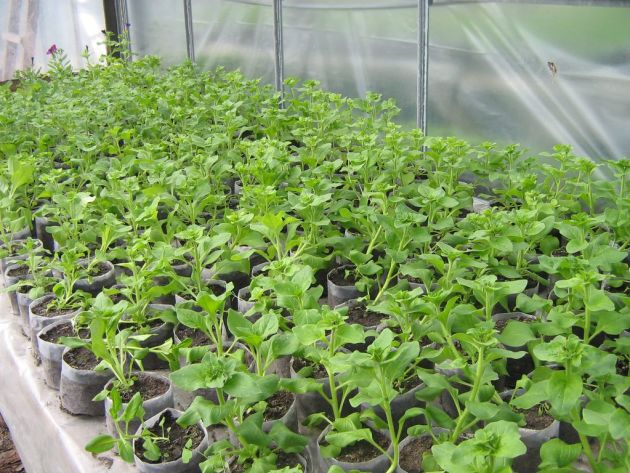
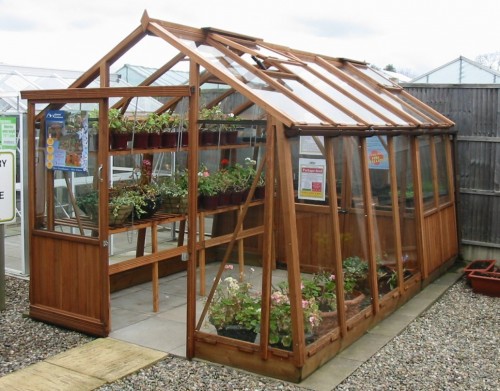
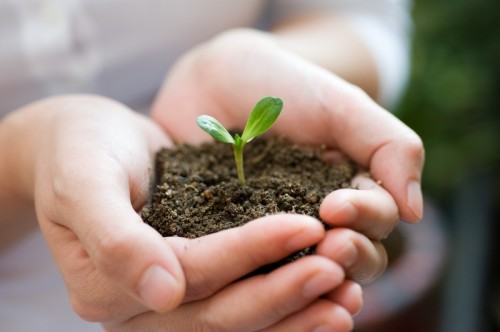



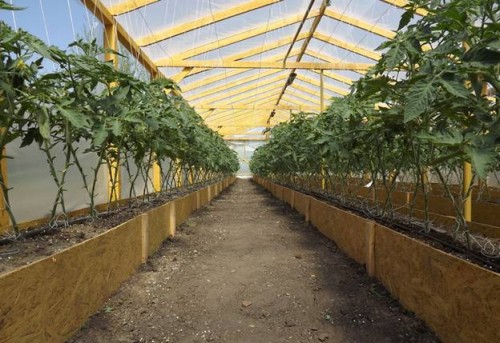
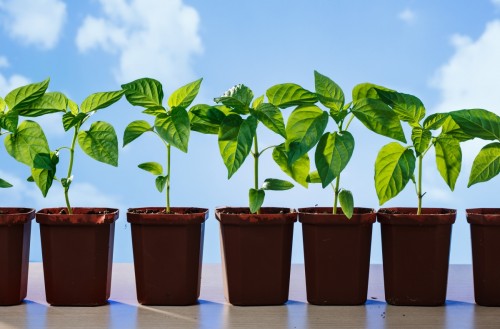












 Start a discussion ...
Start a discussion ...